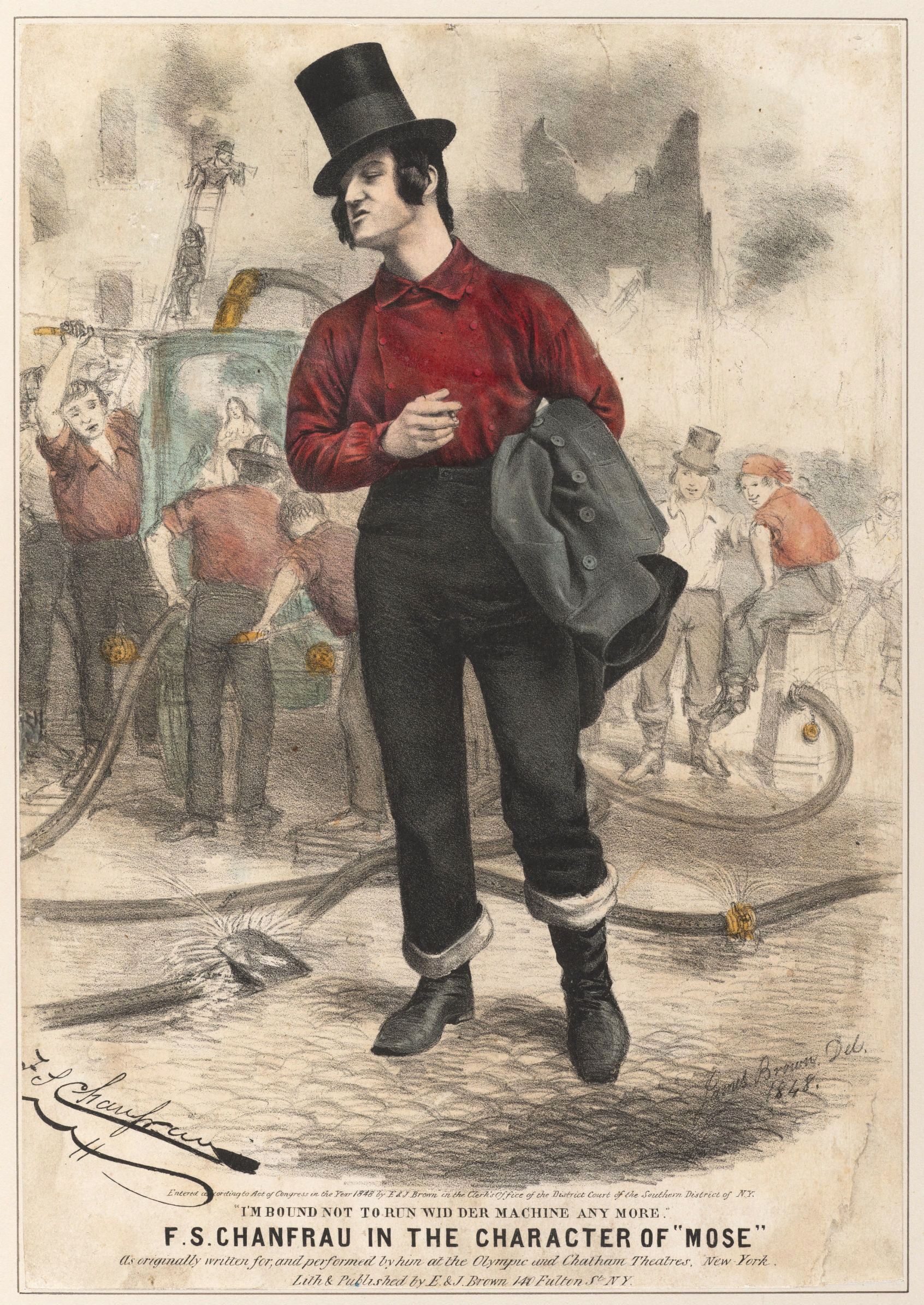|
Kit, The Arkansas Traveler
''Kit, the Arkansas Traveler'' or ''Kit, the Arkansas Traveller'' (or, in its initial version, ''Down the Mississippi'') is a stage play written in 1868 (and later reworked) for the American actor Francis S. Chanfrau. It is one of the landmarks of that century's American genre of border drama. Creation Chanfrau conceived a drama to star himself, and in 1868, he paid $300 to Edward Spencer, generally understood to have been for fulfilling (under the title ''Down the Mississippi'') Chanfrau's commissioning of such a work.Roger A. Hall''Performing the American Frontier, 1870-1906'' pp. 20, 44, Cambridge University Press, 2001 Thomas B. DeWalden did further work on the play, and it opened in Buffalo, N.Y. in the first third of 1869. (By that time it had the title that names the lead character, offering the publicity benefit of evoking the decades-old fiddle tune "The Arkansas Traveler" and a dialogue of the same sort that had generally been associated with the tune; both of thos ... [...More Info...] [...Related Items...] OR: [Wikipedia] [Google] [Baidu] |
Stage Play
A play is a work of drama, usually consisting mostly of dialogue between Character (arts), characters and intended for theatre, theatrical performance rather than just Reading (process), reading. The writer of a play is called a playwright. Plays are performed at a variety of levels, from London's West End theatre, West End and Broadway theatre, Broadway in New York City – which are the highest level of commercial theatre in the English-speaking world – to Regional theater in the United States, regional theatre, to community theatre, as well as university or school productions. A stage play is a play performed and written to be performed on stage rather than broadcast or made into a movie. Stage plays are those performed on any stage before an audience. There are rare dramatists, notably George Bernard Shaw, who have had little preference as to whether their plays were performed or read. The term "play" can refer to both the written texts of playwrights and to their complete ... [...More Info...] [...Related Items...] OR: [Wikipedia] [Google] [Baidu] |
Frank Chanfrau
Francis S. Chanfrau (1824 – October 2, 1884) was an American actor and theatre manager in the 19th century. He began his career playing bit parts and doing impressions of star actors such as Edwin Forrest and of ethnic groups. In 1848, he appeared as a Bowery b'hoy named Mose in ''A Glance at New York''. The play became a record-breaking hit, due largely to the Mose character, and Chanfrau spent most of the rest of his career playing that role. In later life, Chanfrau appeared regularly in '' Kit, the Arkansas Traveller'' and ''Sam''. His wife, Henrietta, was a well-known actress who usually performed under the name Mrs. F.S. Chanfrau. Early life and career Chanfrau was born to French parents in w York City; he grew up near Essex Market. As a boy, Chanfrau saw a performance by Edwin Forrest and decided to become an actor himself.Banham 188. Various legends arose during his career to explain his later choice of roles. One, related by T. Allston Brown, claims that in his youth ... [...More Info...] [...Related Items...] OR: [Wikipedia] [Google] [Baidu] |
Border Drama
Borders are usually defined as geographical boundaries, imposed either by features such as oceans and terrain, or by political entities such as governments, sovereign states, federated states, and other subnational entities. Political borders can be established through warfare, colonization, or mutual agreements between the political entities that reside in those areas; the creation of these agreements is called boundary delimitation. Some borders—such as most states' internal administrative borders, or inter-state borders within the Schengen Area—are open and completely unguarded. Most external political borders are partially or fully controlled, and may be crossed legally only at designated border checkpoints; adjacent border zones may also be controlled. Buffer zones may be setup on borders between belligerent entities to lower the risk of escalation. While ''border'' refers to the boundary itself, the area around the border is called the frontier. History In the p ... [...More Info...] [...Related Items...] OR: [Wikipedia] [Google] [Baidu] |
.jpg)

